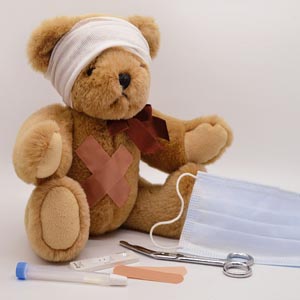Minimally invasive pilonidal sinus disease (PSD) treatment in pediatric patients: A narrative review

All claims expressed in this article are solely those of the authors and do not necessarily represent those of their affiliated organizations, or those of the publisher, the editors and the reviewers. Any product that may be evaluated in this article or claim that may be made by its manufacturer is not guaranteed or endorsed by the publisher.
Accepted: 1 February 2022
Authors
Pilonidal sinus is a common disease of the natal cleft, which can lead to complications including infection and abscess formation. Various operative techniques are available options for the treatment of this pathology, but the ideal technique is still debatable. Analyzing the literature we found out that more recently minimally invasive approaches have been described. In particular, the mechanism of an endoscopic approach relies on the use of the endoscope without cutaneous tissue damage. Advantages include shorter operative time and time to discharge, which impact resource management in both primary and secondary care: patients undergoing endoscopic technique have a high satisfaction rate, probably due to the low level of postoperative pain and early return to daily activities. Published results of studies of newer approaches have demonstrated a lower short and long-term complication rate compared to open surgery. However, very poor reports are available in literature about pediatric population.
How to Cite

This work is licensed under a Creative Commons Attribution-NonCommercial 4.0 International License.






